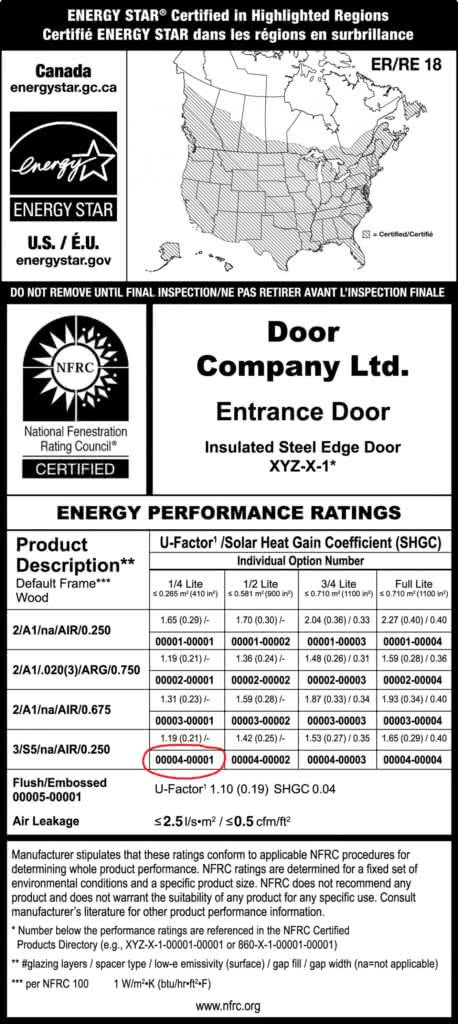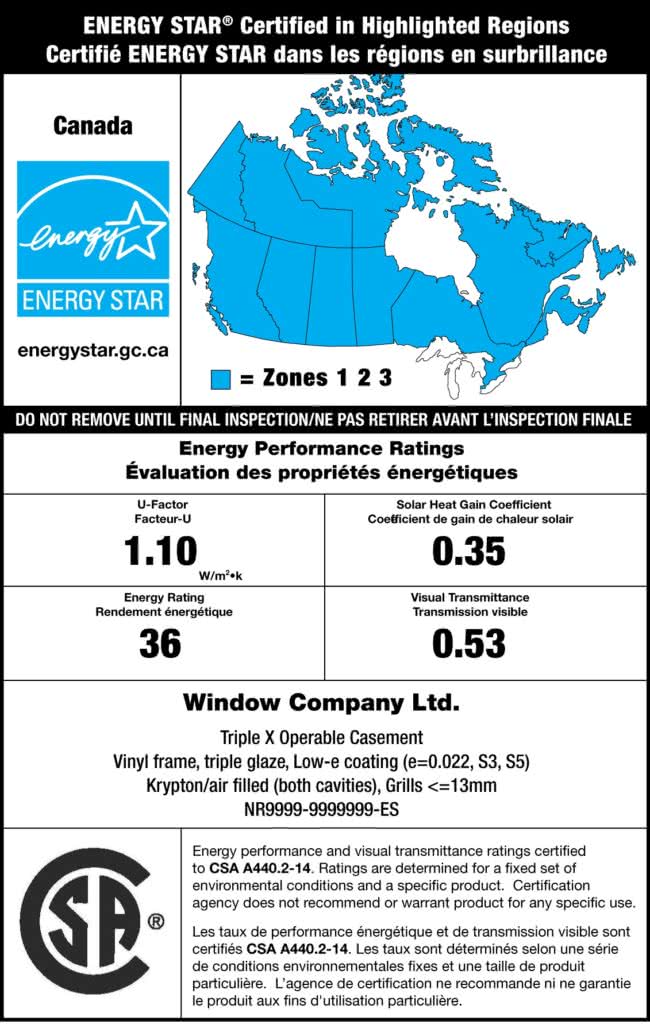How do I ensure that my new windows will perform well?
In addition to choosing high quality windows and looking for ENERGY STAR® certified windows, follow these steps to ensure optimal performance of your windows:
- Consult with experts: Ask your contractor how your new windows will perform in your home. Be sure to ask about Solar Heat Gain and the potential for overheating. For more information see Why is it important to select the right windows for my home?
- Hire professional installers: The quality of the installation can have an enormous effect on window performance and home comfort. Hire experienced and professional contractors to ensure that the company you select provides the best possible installation and the right type of window for your home.
- Maintain your windows: Similar to servicing a vehicle, preventive maintenance is a good investment to minimize future problems. Undertake a thorough inspection of all window components (glass, frames and seals) every season looking for any signs of damage or condensation. Keep windows and surrounding wall areas clean. Consult the owner’s manual and ask the installer for details.
Did you see a building science or energy efficiency term you did not understand? Check out our glossary.


